10 films inspired by works of art
By Pictolic https://pictolic.com/article/10-films-inspired-by-works-of-art.htmlWhen it comes to movies, everyone has a couple of favorite movies. Someone likes the work of a certain director, and someone loves a particular genre. There are even fans of a certain movie. They really know a lot about perversions, because they strive to learn as much about him as possible.
But every time we ask ourselves the question: why does the film look like this? What inspired the director and the production designer? A cultural phenomenon, a painting, a sculpture, or even an element of a work like a butterfly effect can inspire a film artist to create a cinematic masterpiece.
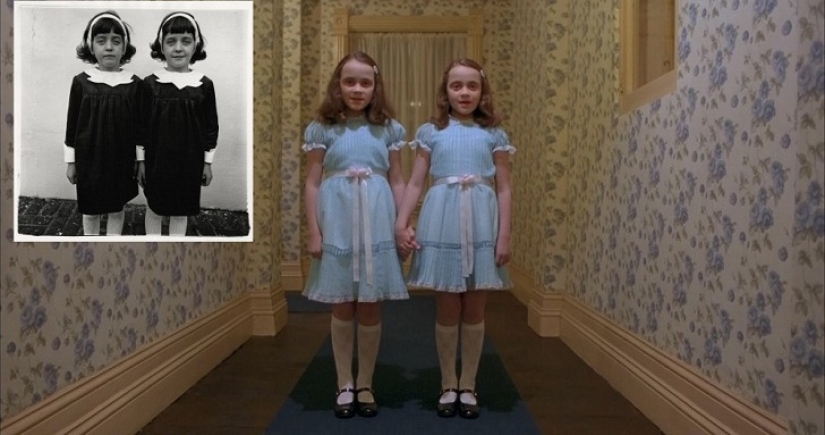
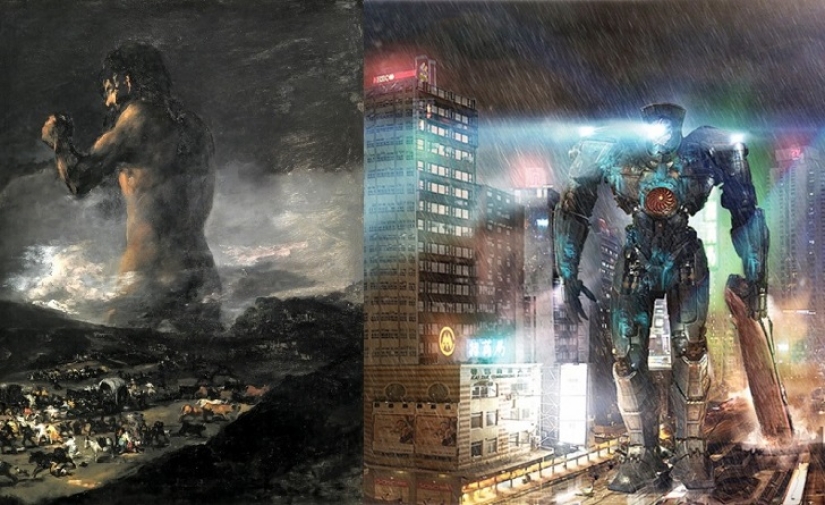
This is not the first time Guillermo Del Toro has been inspired by masters from the past. The director turned to the history of art - kaiju robots and huntsmen were inspired by the image of the Colossus Francisco Goya. In the picture, the giant towered above the ground, just like the robots in the movie.
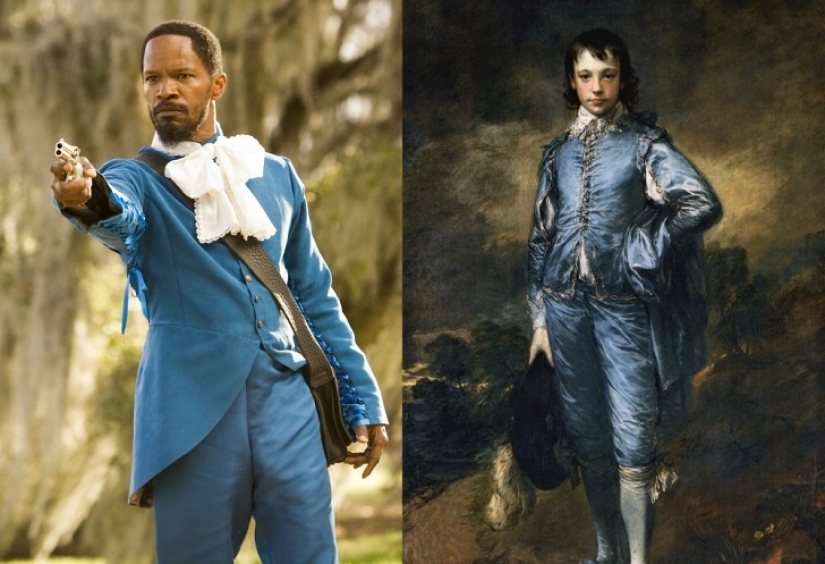
The costumes in Quentin Tarantino's films are as original as his scripts. This phrase could sound like a mockery, because old Quentin is accused of stealing the plot of the script of Django Unchained. But that's not what we're talking about. Every costume is thought out to the smallest detail. The hero of Jamie Foxx wears a fancy costume at the beginning of the film, which is in fact an homage to Thomas Gainsborough's 1777 painting "The Blue Boy". Costume designer Sharyn Davis offered Tarantino this costume, and Tarantino was delighted.
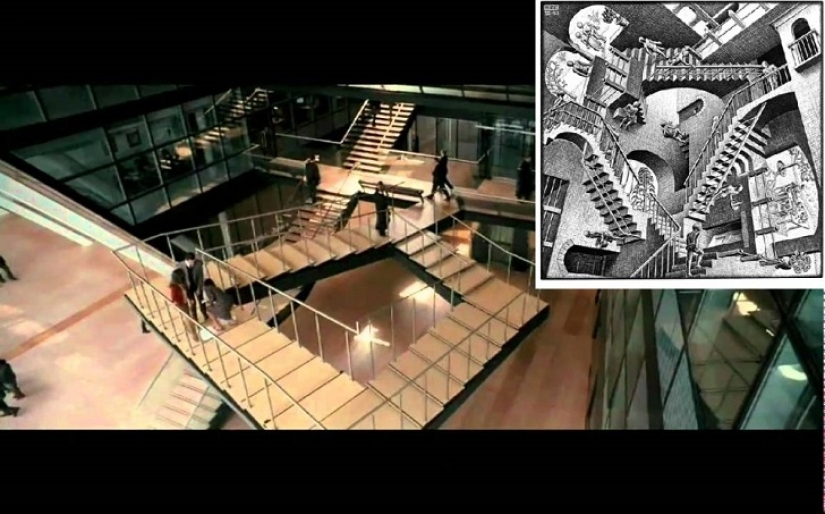
Christopher Nolan's film was inspired by the works of the artist Mauritz Cornelius Escher. Escher created surreal graphic works with geometric shapes. In the scene where Ellen Page's heroine, architect Ariadne, turns the streets of Paris into a cube, similar motifs with Escher's work are noticeable. According to the scenario, there should have been six parallel plans in the structure. By the way, the hero of the film Mauritz Fischer, played by British actor Pete Postlethwaite, is named after the artist.

Sofia Coppola's directorial style is easy to recognize - the films are like a leisurely dream, the characters are the same - dreamy and thoughtful. The film won the Academy Award for Best Original Screenplay, starring Bill Murray and Scarlett Johansson. The first scene of the film ― Johansson is lying on the bed with his back to the audience in a T-shirt and transparent panties. Coppola saw this idea in a painting by artist John Kaser, which depicts a woman in black lace underwear. The scene also refers to the 1963 film with Brigitte Bardot "Contempt", which had a similar color scheme.
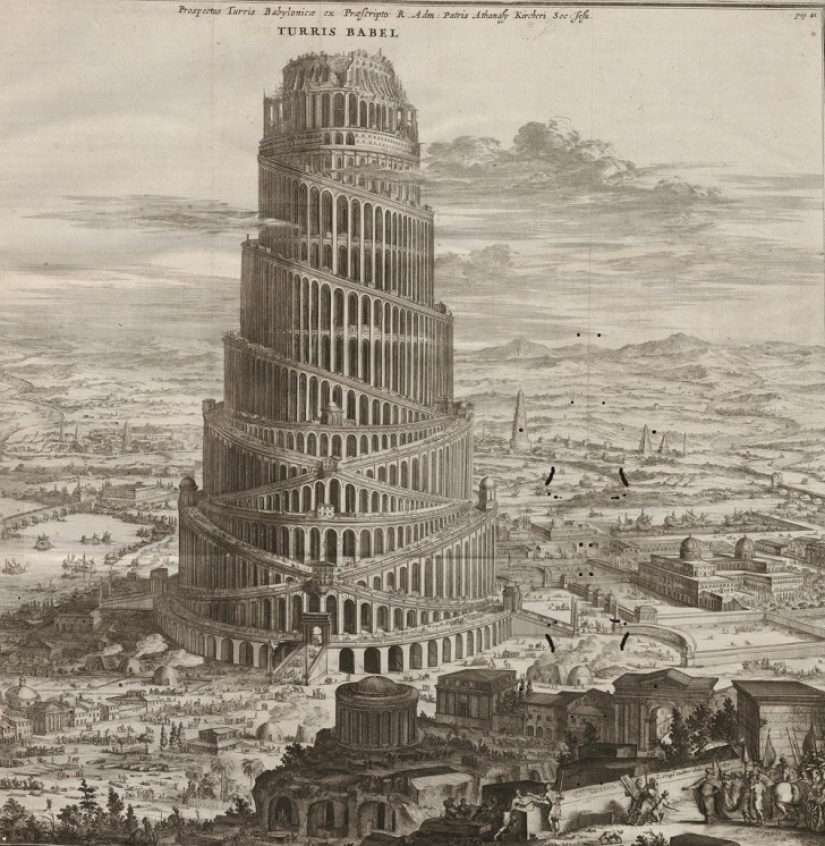
Fans of expressionism and dystopian films have probably heard of Fritz Lang's film Metropolis. A German futuristic silent film tells about the Tower of Babel, but the story is by no means biblical. Lang specially designed the tower in the film based on the painting by Peter Brueghel the elder. The Tower of Babel is the home of the main character Freder, who lives at the top of the tower with a group of bourgeois-looking people, they are called intellectuals. Hard workers live at the bottom of the tower.
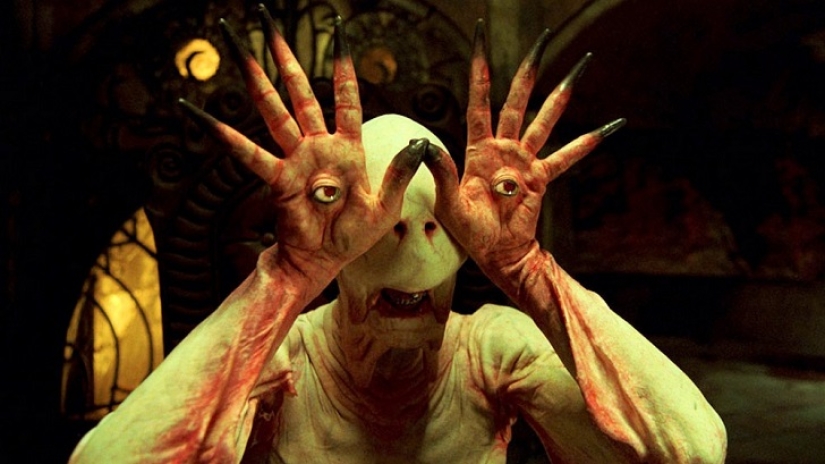
For those who are more or less familiar with the art history of Ancient Greece and Ancient Rome, this point is obvious. Director Guillermo Del Toro turned to the art of ancient civilizations to create magical creatures for his fantasy film. In the film, the girl rushes between fantasy and reality, and the audience should also rush. In particular, Del Toro was inspired by the painting by the Spanish painter Francisco Goya "Saturn devouring his son". In an interview, Del Toro said that this is an obvious reference in the scene where the monster bites off the heads of fairies.
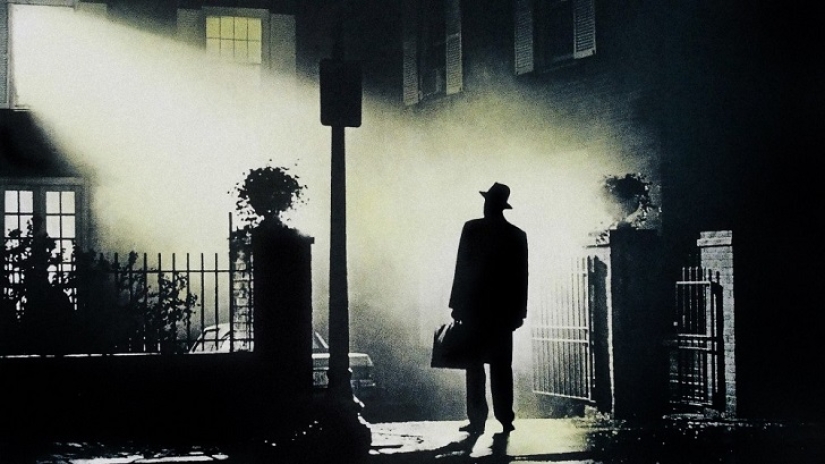
William Friedkin's film has been called one of the scariest films in history. One of the most famous shots was inspired by Rene Magritte's painting "Empire of Light". In the frame, the same muted tones emphasize the house surrounded by trees, shadows and a gloomy mood. In this shot, Max's character Won Sidow has just arrived at the house to exorcise the devil. This is where the juice begins.

Stanley Kubrick's film still stirs the minds and nerves of the audience with its suspense and the injection of the creepy. The most memorable for many were the ghosts of twin girls in the hotel corridor. It is believed that Kubrick was inspired by the work of photographer Diana Arbus in the late 1960s. In 1940, Kubrick studied photography himself, and was a fan of the works of Diana Arbus, but she took the legendary photo of the twins only 20 years later.
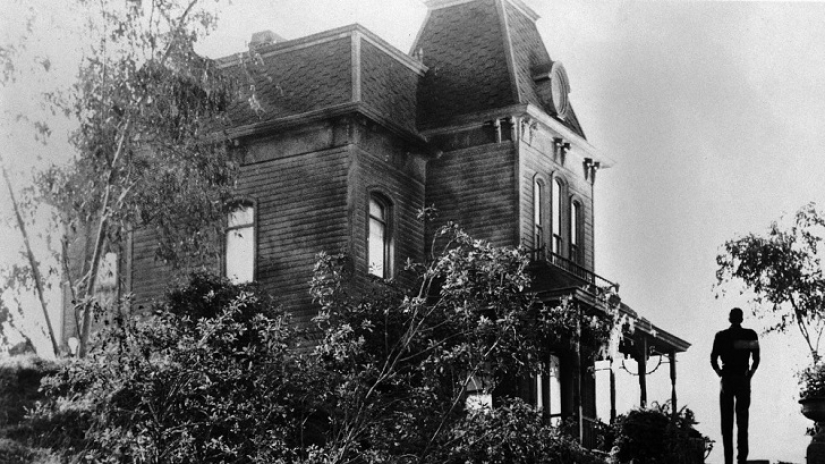
One of the most significant films for the horror genre is Alfred Hitchcock's masterpiece. The Norman Bates House, which stands next to the hotel where Bates works, was inspired by Edward Hopper's painting "The House by the Railroad." The 1925 painting depicts a Gothic farmhouse. Hitchcock used Gothic details of the house. Hopper himself has repeatedly said that he is proud to be the inspiration for such a wonderful film.

Hans Rudolf Giger created a Xenomorph based on Giger's surreal paintings. However, a little earlier he was inspired by another painting ― "A Study for the portrait of Innocent X". In the painting, the pontiff has a blurred face. This work, in turn, was also inspired by a painting by Diego Velasquez.
Keywords: Film | History | Art | Cinema | Inspiration
Post News ArticleRecent articles

Matteo's Stucco — Italian pastry chef and master of the original submission of the dessert. He believes that it is important not ...

The human pupil has a round shape and everyone is used to it. Also, no one is surprised by the vertical pupils of pet cats. But an ...
Related articles

We present a collection of rare and old, but no less interesting, beautiful, strange and such vital photos. In these shots, ...

This type of cold weapon, like brass knuckles, is known to everyone. But humanity has also invented other neognestrelnoe weapons, ...

Sex and sexuality in the cinema — important components. They do not always play a key role, but very often the sex scenes are ...

When functionality meets imagination, a design that is unforgettable is born. This selection includes 22 examples of creative ...